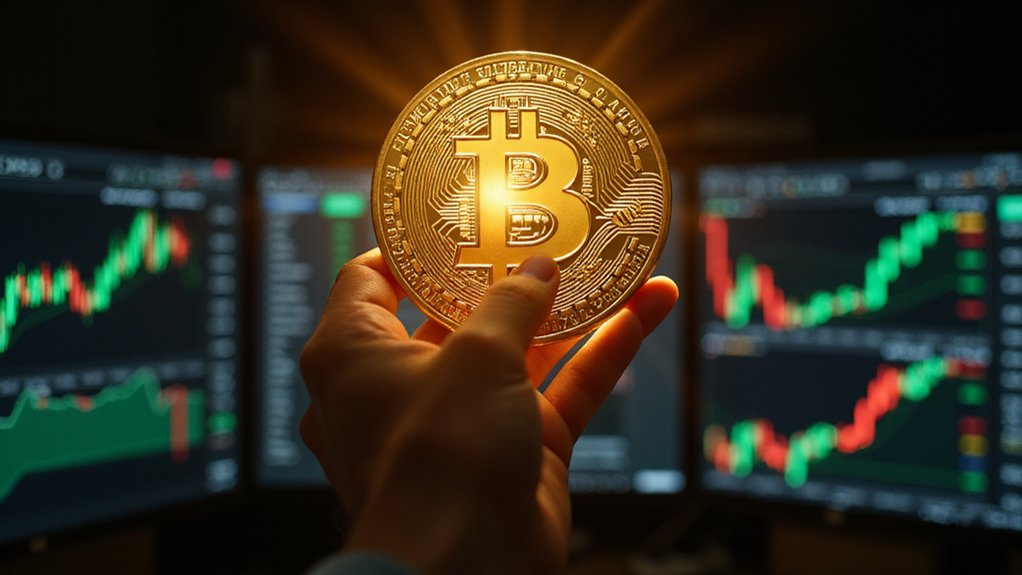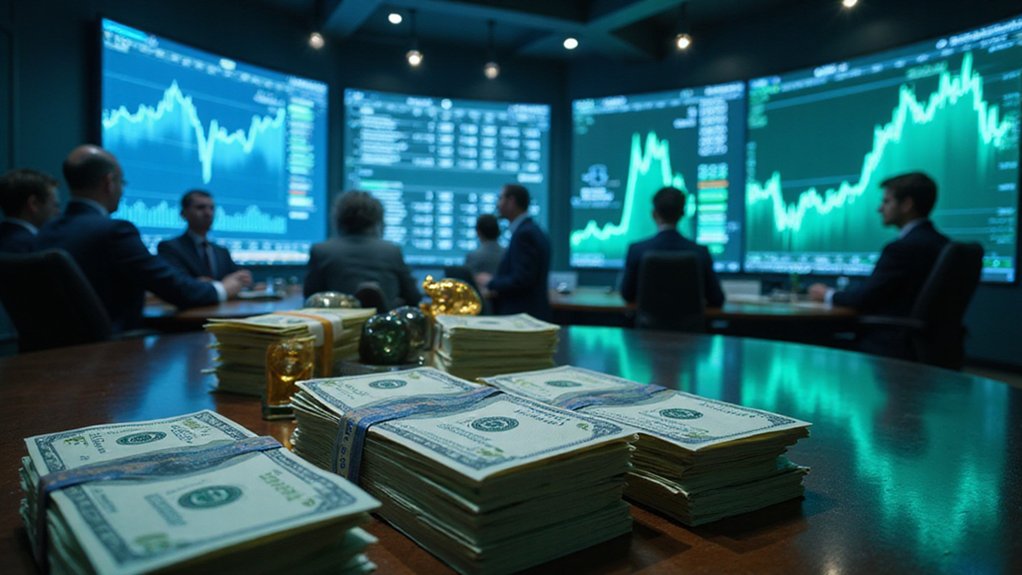While Bitcoin enthusiasts celebrate the cryptocurrency’s meteoric rise to $123,000—a figure that would have seemed fantastical just years ago—seasoned observers note the familiar hallmarks of speculative excess now permeating the digital asset markets.
The recent pullback to $118,000 hardly constitutes a correction worthy of concern, yet it illuminates the volatility that defines cryptocurrency trading with mathematical precision.
Robert Kiyosaki, author of “Rich Dad Poor Dad,” has issued warnings about an impending Bitcoin bubble collapse, positioning this potential downturn as an opportunity rather than catastrophe. His perspective merits consideration given the broader economic context: the United States economy currently sustains multiple asset bubbles simultaneously, each operating on borrowed time amid rising national debt and persistent inflationary pressures that challenge traditional monetary policy effectiveness.
The cryptocurrency’s astronomical ascent hasn’t occurred in isolation. Institutional investors, emboldened by ETF accessibility and regulatory frameworks like the EU’s MiCA regulation, have poured capital into Bitcoin markets with enthusiasm typically reserved for lottery tickets.
This institutional involvement, while legitimizing cryptocurrency investment, introduces correlation risks with traditional financial markets that crypto originally promised to avoid.
Whale activities reveal the market’s underlying dynamics—long-term holders liquidating positions following recent highs suggest profit-taking strategies that could accelerate downward pressure. At least 126 publicly traded companies now hold Bitcoin on their balance sheets, creating unprecedented corporate exposure to cryptocurrency volatility. On July 15, exchange inflows surged to 81,000 BTC, marking the largest daily movement since February and signaling potential selling pressure from major holders.
Historical patterns indicate Bitcoin’s cyclical nature, with some analysts predicting potential peaks in 2025 while others forecast corrections to $70,000 levels. The post-halving bull cycles typically last 12-18 months according to historical data, suggesting the current market phase may be approaching maturity.
The paradox emerges here: if Kiyosaki’s bubble theory proves accurate, the resulting market correction could provide entry opportunities for patient investors.
Market crashes, despite their immediate devastation, historically create wealth transfer mechanisms from leveraged speculators to cash-positioned buyers.
Bitcoin’s volatility, while terrifying during downturns, represents the premium investors pay for potential exponential returns.
Current price predictions ranging from $70,000 to $250,000 for 2025 demonstrate the market’s fundamental uncertainty.
This wild variance suggests either unprecedented opportunity or spectacular delusion—possibly both simultaneously.
Smart money recognizes that bubbles, while destructive during deflation, create generational buying opportunities for those maintaining liquidity during euphoric phases.
The question isn’t whether correction arrives, but whether investors position themselves advantageously for the inevitable reset.








